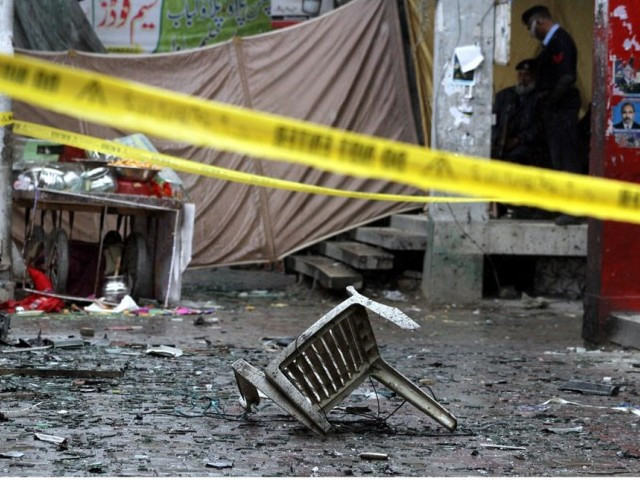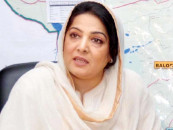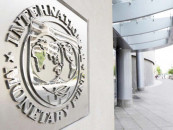Time comes to focus on new economic model
US assistance needs to be framed in such a way that aids development.

It is estimated that over 40,000 people have lost their lives in Pakistan, including 5,000 security personnel, in the war on terror. PHOTO: INP
With this point in mind, the government should formulate a new economic model to achieve the desired growth and revive the eroded credibility, with likely cooperation from the US.
According to estimates of the Economic Survey 2013-14, Pakistan’s economy suffered enormous direct and indirect costs of the war on terror, which continued to rise from $2.69 billion in 2001-02 to $102.5 billion by 2014-15. However, the country has only been remunerated one-fourth of the losses its economy has borne since becoming the US ally in the war against terrorism in 2002.
Despite these huge losses, the US has not invested in building a civilian government in Pakistan. Its funding to enhance civilian capabilities through investment in the police and rule of law, parliament and human development has been relatively small.
A lopsided focus on security aid after the 9/11 attacks has not delivered counter-terrorism dividends, but led to military control over state institutions and policy-making mechanisms.
However, at the same time Pakistan is also the victim of American double standards as Washington, on the one hand, demands more action against the militants but, on the other hand, it has decided to reduce civilian aid from $703 million in 2013 to $446 million in 2015, which will add to Pakistan’s economic woes.
Moreover, the socio-economic impact of the prolonged war has been the most alarming, which should be considered by the international community. A large part of the resources, both men and material, is being consumed by the war for the last several years.
Hundreds of suicide bombings across the country have inflicted huge damages to physical infrastructure and expenses made on controlling law and order have squeezed the economy more than ever.
It is estimated that over 40,000 people have lost their lives in Pakistan, including 5,000 security personnel, in the war on terror. The distressing and puzzling aspect of all these sacrifices is that there seems to be no end in sight of the menace of terrorism and terrorist attacks even in the foreseeable future.
Global image
In addition to this, the image of Pakistan has been shattered on the international scene, causing an increase in trade deficit year after year. Many western governments have issued travel advisories to their citizens, cautioning them against travel to Pakistan.
Many reputable international buying houses that established their offices in Pakistan before 9/11 for the purchase of value-added textiles from not only Pakistan but the entire region have shifted to Singapore, Hong Kong and India.
On the other side, Pakistani businessmen are subjected to a strict scrutiny for the grant of visa. The visas to the lucky few are issued after a considerable delay. One-to-one contact between Pakistani businesses and their foreign counterparts has been restricted or completely denied.
This has adversely impacted exports from the country as foreign buyers are exploiting the situation in a bid to buy goods at cheaper prices.
This shows that the US has badly used Pakistan for its own national interests and it seems that Pakistan is only a loser in this game.
At this juncture, the US needs to align its programmes with Pakistani priorities and work with Pakistani state institutions. This will help to build the capacity of the civilian government, improve governance and strengthen institutions.
The challenges are myriad and the economy is not growing fast enough to accommodate the population growth. Providing a new avenue for economic growth is good for Pakistan and the region.
Therefore, US assistance programmes need to be framed in a way that meets these needs and contributes to the social and political development of Pakistan.
The writer is a researcher at the Sustainable Development Policy Institute Islamabad
Published in The Express Tribune, February 2nd, 2015.
Like Business on Facebook, follow @TribuneBiz on Twitter to stay informed and join in the conversation.



















COMMENTS
Comments are moderated and generally will be posted if they are on-topic and not abusive.
For more information, please see our Comments FAQ